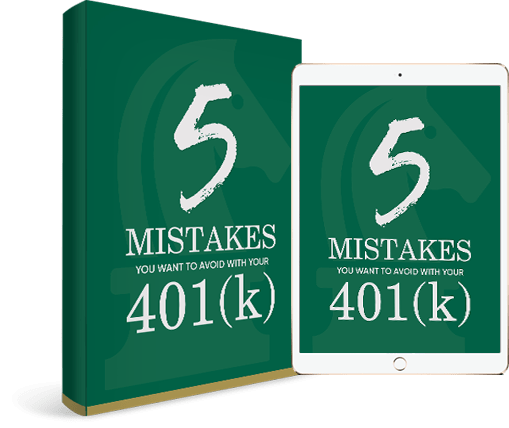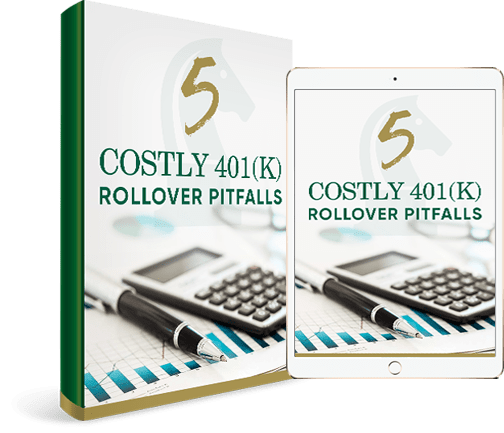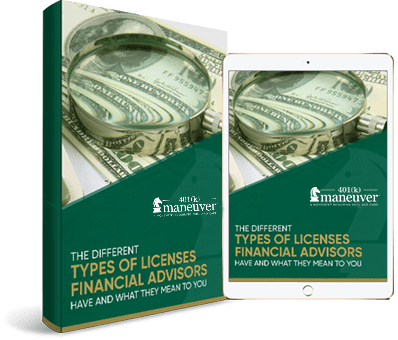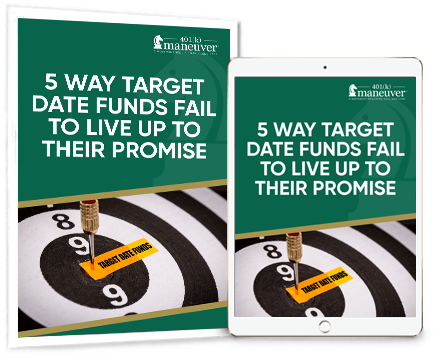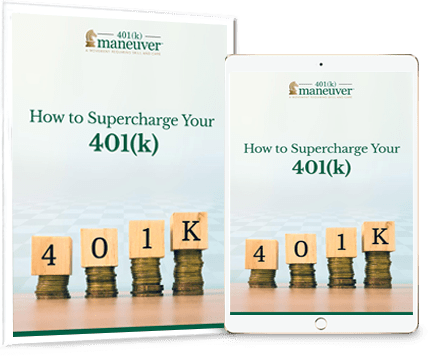
2024 Financial Checklist for Q1
Many of us start the New Year resolving to do better financially, and based on reports from 2022, it’s easy to see why.
A 2023 Bankrate survey found the following:
- “Americans are more than two times more likely to feel financially insecure than secure. Slightly more than 1 in 4 (28 percent) Americans say they are completely financially secure. That compares with the majority (72 percent) who say they are not.”
- “More than 3 in 5 financially insecure Americans (or 63 percent) say high inflation is keeping them from being financially comfortable or secure, along with 48 percent who blamed the economic environment more broadly and 36 percent who pointed to rising interest rates.”
- “About 2 in 5 each blamed insufficient retirement funds (41 percent) and emergency funds (42 percent) as factors keeping them from feeling financially secure.”¹
It’s safe to say a lot of us want to improve our finances.
But here’s the deal – you can’t just make a resolution and expect it to happen.
You have to plan and take steps to see your resolution through.
And, when it comes to personal finances, it’s critical to look at all aspects of your finances – as opposed to focusing on one area over another.
To help you achieve your financial goals this year, check out our 2024 financial checklist for Q1.
Working your way through this list at the start of the New Year will make it easier for you to achieve your financial resolutions.
#1 Know Where You Stand

The first item on the 2024 financial checklist is to know where you stand.
Take a good, honest look at your financial situation. Review your debts and assets. Where are you from where you want to be?
Looking at this gap may be uncomfortable, but it’s critical if you want to move forward because you can’t make plans to improve your finances without knowing how much money you have or how much money you need.
#2 Set Clear Goals

Once you have a clear understanding of where you stand, it’s time to set attainable financial goals.
Start by considering debt and savings.
- How much debt do you need to pay off?
- Are you hoping to save money for a big purchase?
- What steps are you taking to reach your retirement goals?
Identify how much money you need to achieve each goal. Then, divide this target number by the months in the year.
Is it financially possible to reach these goals within the year?
If not, set a goal that is reachable this year.
#3 Commit to Paying Yourself First

Committing to paying yourself first is critical for achieving financial freedom.
Prioritizing saving and investing actively builds a foundation of financial security and a retirement lifestyle of your dreams, and establishes a safety net for unforeseen circumstances.
Every time you get paid, before you pay a bill, pay into your savings and retirement accounts first.
Set up your 401(k) and IRA to automatically take savings out of your paycheck. Make sure this money is deposited before you pay for anything else.
Paying yourself first isn’t just about saving money – it’s about recognizing your value, building financial security, and creating a better future.
[Related Read: Build Wealth with a Pay Yourself First Budget]
#4 Replenish Your Emergency Fund


Now is the time to prepare for emergencies in 2024.
Do you have an emergency fund? If not, it’s time to start building one.
If you have an emergency fund, has it dwindled? If so, commit to replenishing it as soon as possible.
Here’s a tip: if you received a holiday bonus or plan on getting a tax refund this year, use that money to build up your emergency fund.
#5 Pay Down Debt

One of the main things on the 2024 financial checklist is to make sure you pay down debts.
You won’t feel as if you have made financial improvements at the end of 2024 if you are saddled with debt.
Take steps now to pay down debt. Get a plan in place and work the plan. Check in at the end of each month or each quarter and assess your goals.
[Related Read: Pay Off Debt or Contribute to a 401(k)?]
#6 Increase 401(k) Contributions

How much are you currently contributing to your 401(k)?
Is 2024 the year when you can contribute an additional 1%, 2%, or 5%?
Try to do whatever is possible to increase contributions – especially contribute enough to make the company match.
[Related Read: Big Catch-Up Contribution Changes Coming in 2024]
#7 Plan for Taxes Now

There’s no better time to get your taxes together than the start of the new year.
As you prepare for tax season, start thinking about what you plan to do with your IRS refund, should you receive one.
Would it be wise to invest your refund in your 401(k), use it to pay down debt, or boost savings?
#8 Rebalance Your 401(k)

Another item on the 2024 financial checklist is to rebalance your 401(k).
Rebalancing your 401(k) simply means allocating assets differently.
For example, your 50/50 stocks and bonds may need to shift to 72% stocks and 28% bonds to decrease your risk and increase your returns.
This to-do list step doesn’t require you to save or spend money, but it can make a big difference for your retirement account.
[Related Read: What Every Investor Needs to Know about Rebalancing a 401(k)]
#9 Check Your Subscriptions and Policies

A quick way to feel as if you are already improving your finances is to check over your current subscriptions and policies.
Too often, we sign up for monthly subscription services and then forget about them.
Go through your accounts and see which recurring charges you have and which subscriptions you need to cancel.
It’s a quick way to save money.
Also, review your policies and see if you can get a better price.
For example, has your health improved? It may be possible for you to get lower rates on life insurance.
#10 Download Helpful Financial Apps and Tools

This is an easy one to check off your 2024 financial checklist for Q1 – download financial apps to help you meet your financial goals for the year.
For example, there are budgeting apps, such as Mint.
#11 Work on Your Credit

The average auto loan rate has reached 40-year highs.² Credit card interest rates have soared.
If you want a chance of getting lower rates – or being able to borrow at all – then you need to get your credit in check.
Request a copy of your credit report and make sure all the information is correct. Make every effort to pay down debt, pay bills on time, and not max out credit cards.
#12 Get Financial Help

It will be well worth your time to get third-party advice – especially when it comes to something as important as your future finances.
David Blanchett, former Head of Retirement, CFP, CFA at Morningstar, reported that participants that received expert guidance had as much as 40% more income during retirement versus those who received no help at all.³
401(k) Maneuver provides professional account management with the goal to help you grow and protect your 401(k).
Our goal is to increase your account performance over time, manage downside risk to minimize losses, and reduce fees that harm your account performance.
There are no time-consuming in-person meetings and nothing new to learn, and you don’t have to move your account.
Simply connect your account to our secure platform, and we regularly review and rebalance your account for you, when necessary. Check here to learn more about how it works.
If you have questions about your 401(k) or if you need help, we’re here for you. Click below to book a complimentary 15-minute 401(k) Strategy Session.
Book a 401(k) Strategy Session
SOURCES
- https://www.bankrate.com/personal-finance/financial-freedom-survey/#not-secure
- https://caredge.com/guides/car-loan-rates-in-2023
- David Blanchet, Morningstar Analyst 2014, “The Impact of Expert Guidance on Participant Savings and Investment Behaviors”



